|
They tell me he’s a commoner. I peer at him and for some reason I’m fixed by his gaze. He’s unmoving in a way that forces me to mirror him. I’m pulled into his moment of infectious calm. Perhaps the cosy group of 10 on this Maria Island Walk are wondering why my legs are sticking out of nearby bushes. But what that Common Wombat taught me during our intimate encounter is far from common for most of us. He whispered the power of stillness without batting a lazy eyelid, on an island that quietens the soul. We're journeying some 40 kilometers across Australia's only island national park just east of Tasmania. A haven for rare wildlife, sweeping isolated beaches and convict heritage, this island trip promises much. In fitting style, we set foot from boat to sand precisely where French explorers did over 200 years before. Like luminaries, we wander down the gangway onto an entirely desolate beach. But no sooner do I stake my own flag in this shimmering corner of the world, we are whisked away to a gourmet lunch and later to Casuarina Beach camp. The afternoon is spent dwarfed by towering eucalypts en route to Haunted Bay, where waves tumble against fiery-orange rocks. As I peek into burrows of wide-eyed penguins in a bay that's aptly ‘hauntingly beautiful,’ I wonder how the landscape could trump this first side trip. But it does, over and over again. It seems our guides Ben and Nikki don’t reserve candlelit dinners for special occasions. Out here, every night deserves it, regardless if it’s your 60thor you’re rejoicing in those magic fairy guides whipping up three-course dinners as if they have a sous chef tucked out the tent’s back zip. China plates and candelabras sit before us. Tonight’s three courses begin with black olive tapenade, vine-ripened tomatoes and basil bruschetta, stir-fried Spring Bay scallops generously swirled into soba noodles for main and summer-berry pudding with King Island cream, complemented with Springvale Chardonnay and other smooth-flowing local wines. It’s the first of several nights tucked under the familiar wing of Ben and Nikki’s shepherding, as 10 strangers become prompt friends. Two doctors go as far assharing a dinner table ‘blankey’ in a show of man-affection that begins the tune of rich laughter late into the evening. It's a dappling of light through the forest that wakes me, along with a chorus of wattlebirds chattering about some five beaches we'll walk on day two. They seem beyond excited about the prospect of sharing them with us. I soon realise why local Aborigines termed them ‘vomit birds,’ but they’re still more endearing than my alarm clock. We cover a good 12 kilometres on a day that reveals the beginnings of Maria Island’s history. We reach a dining room of a different kind, a midden belonging to the Tyreddeme people, who lived for thousands of years feasting on seals, crayfish, oysters and abalone. We reach the generous shade of Macrocarpa trees at Point Lesueur by lunch time, where narrow 19th- century convict cells murmur another chapter. Abel Tasman sailed by in 1642 and after an era of French exploration, Maria witnessed two convict periods between 1825 and 1850. As we tuck into our gourmet lunch, at our backs the cells remind us of a time where confinement that pre-dates Port Arthur was reality for about 400 lonely souls. It’s a sobering thought, as we take in the very same view, across an island of such majesty today. In place of restrained convicts are all types of wandering locals. There’s the endangered forty spotted pardolote and the world’s second rarest breed of goose, the Cape Barren variety who crabbily squawk if you enter their ‘peaceful territory’ with too much rigour. And of course; there’s those charming wombats. Although I’m told they can run up to 45 clicks an hour, equivalent to an Olympic sprinter, I don’t see many heading for a starting line on their smooth marsupial-lawn carpet. The nocturnal fellows seem much happier grazing, and keeping a watchful eye over the Tasmanian devil insurance population. It is hoped this translocation project will assist against the deadly facial tumour disease that wiped out near 80 per cent of the mainland Tasmanian devil population. Although we saw only footprints of their presence, news is positive as 27 healthy devils are happily breeding and feeling very much at home on Maria. Night two is spent at White Gums camp, where once again a banquet of barbecued quail and lamb cutlets emerge, seemingly from the still night air. Bream Creek Pinot, snappy ginger beer and chilled regional whites fill glasses on a deck where boots are kicked off and replaced by animated chatter about the day’s adventures. Curled up in sturdy canvas havens, we wake to the rolling waves of Four Mile Beach, sparkling mint-green in the morning light. I can’t help but raise a brow over my steaming warm coffee as one lady proudly chimes, “I got my nudie swim in this morning.” It’s little surprise this very same lady climbed 620 metres to summit Bishop and Clerk the following day with two knees not her own; a feat any surgeon would raise his own brow at, just six months after surgery. Day three we a treated to the Painted Cliffs, a spectacle well worth getting wet boots for as Ben guides us round a corner, edged by imposing tides. This rippling past showcases an island where fossils believed to be 260 million years old are found nearby. As we tread lightly across this history, only passing dolphins can pull me back to the present. But as if the island could not get any better, the Maria Island Walk (owned and operated by a passionate local family) leaves the best until last. Climbing the summit of Bishop and Clerk, named for its likeness to churchmen, had to be the highlight for me. After clambering across rock screes that would make any wise person decline at the sight, we are rewarded with a view that has all of us unwilling to leave our perch. And a lofty, narrow perch it is. It’s the type of summit that makes that same‘blankey doctor’ scream as Nikki backs closer to a sheer dolerite cliff edge just to get us all in the photo. The day has gifted us with clear blue skies that meet the famous Hazards Mountains and a 270 degree Maria spectacle. From here, we can relish in the ground we have covered as chocolate is dropped into gracious palms. This peerless member of the Great Walks of Australia has a grand finale for us though. We spend the final night in colonial Bernacchi House at Darlington, once home to Italian entrepreneur Diego Bernacchi. He set about transforming he island in the early 1800s. Within those walls we hear tales of his charismatic ways, swaying investors into supporting his vineyards, silkworm and cement works, all failed ventures delivered with grand industrial promise. This final evening we are spoilt for choice- a verandah overlooking the lavender, a real bed and of course another gourmet feast in the formal dining room, topped with an impromptu birthday cake for one special guest. We eat like kings and feel as such following our first hot shower in three days. In the morning we can choose to head off to the fossils, explore Darlington or relax with a good book. I choose to wander the nearby area with tired feet and stumble across a story of one Irish prisoner by the name of William Smith O’Brien, sent to Maria in 1949. A far cry from our chirpy huddle preparing for a final champagne lunch, this poor bloke tried to befriend possums to keep him company on cold lonely nights. It’s at the end of our trip that our loyal guides finally put down their 28 kilo packs, ever filled with fresh food, water and safety gear to support our lavishly lighter equivalents. They do so because it’s time to leap off the jetty. At first mention of this amusing farewell, I dismissively chuckle. But as guests strip down and guides line the jetty’s edge, I realise they’re serious. Still hugging my warm fleece and guarding my camera close, as ammunition to oppose any threat of being tossed ver, I smile sensibly beside the few left on the jetty. After swimming around ur privately chartered boat, I see two salty fingers appear in front of Ben, signalling round two. Just as the English lady beside me politely asks if I’d considered joining them, it hits me. Without hesitation, I jump in, drawn by the shrieks of chilled joy below. I am fully clothed, complete with socks. But as I wade across to the ladder with a smile as wide as a Bishop and Clerk view, I know it’s the perfect end to an unforgettable trip.
It appears the brochure is right, these four days do last a lifetime. I know this when I look around the boat on our 40 minute return to the fishing village of Triabunna. As we ride the waves like surfers, I see tired, content smiles on every face. It’s a silent, rolling confirmation of the experience we collectively hold. And it’s nice. It’s nice for those four days to feel what the Common Wombat has always known….that life’s no race unless you’re barrelling to an Olympic finish line. Words& images: Alice Hansen Where: Maria Island, a 40 minute boat ride from Triabunna on Tasmania’s east coast. When: Daily from 1st October – 1st May (subject to availability). What: A four day guided walk with a maximum of ten guests and two guides. Cost: Including transfers to and from Hobart to the Island, all food and wine, park entry fees, bedding, twin accommodation, use of waterproof jackets and backpacks. Prices: $2,300 per person until 25 Dec, 2014. From 26, 2014 the price is $2,350 per person. For more information visit: www.mariaislandwalk.com.au 9/11/2014 04:41:18 pm
Wow! This walk really looks amazing. I've always wanted to do it. I love your descriptions and great photos. Thanks!
Reply
Leave a Reply. |
TAILORED TASMANIAYour launch pad for exploring Tasmania like a local. Archives
July 2023
Categories
All
|










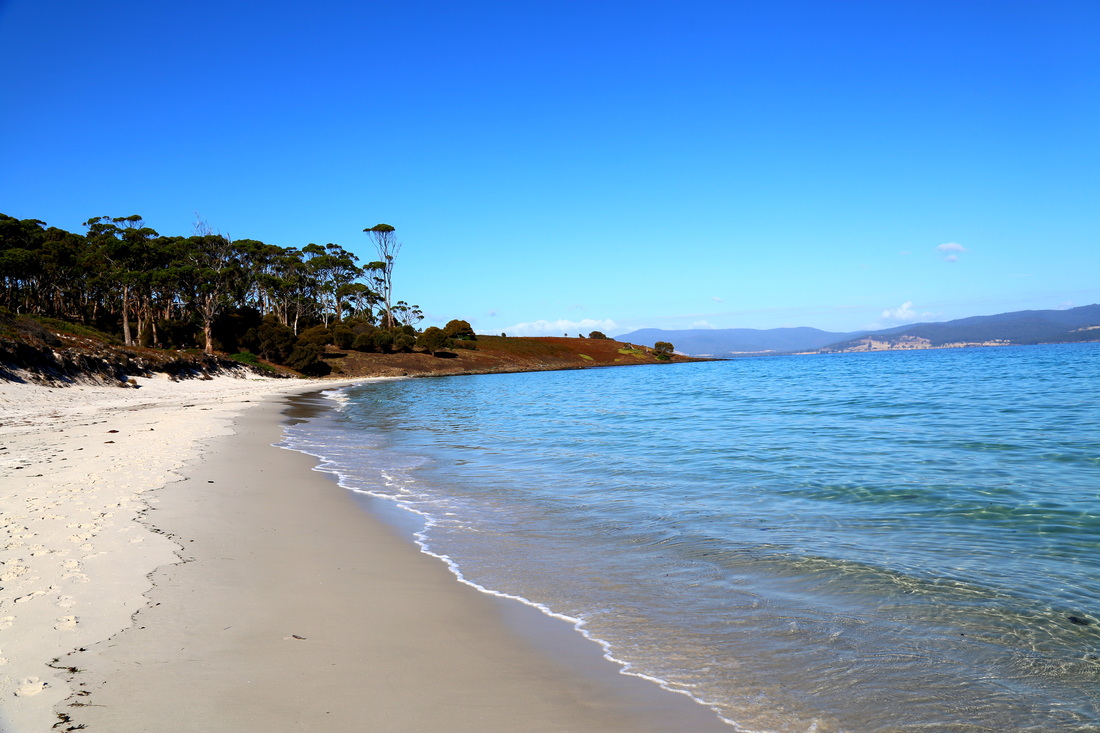
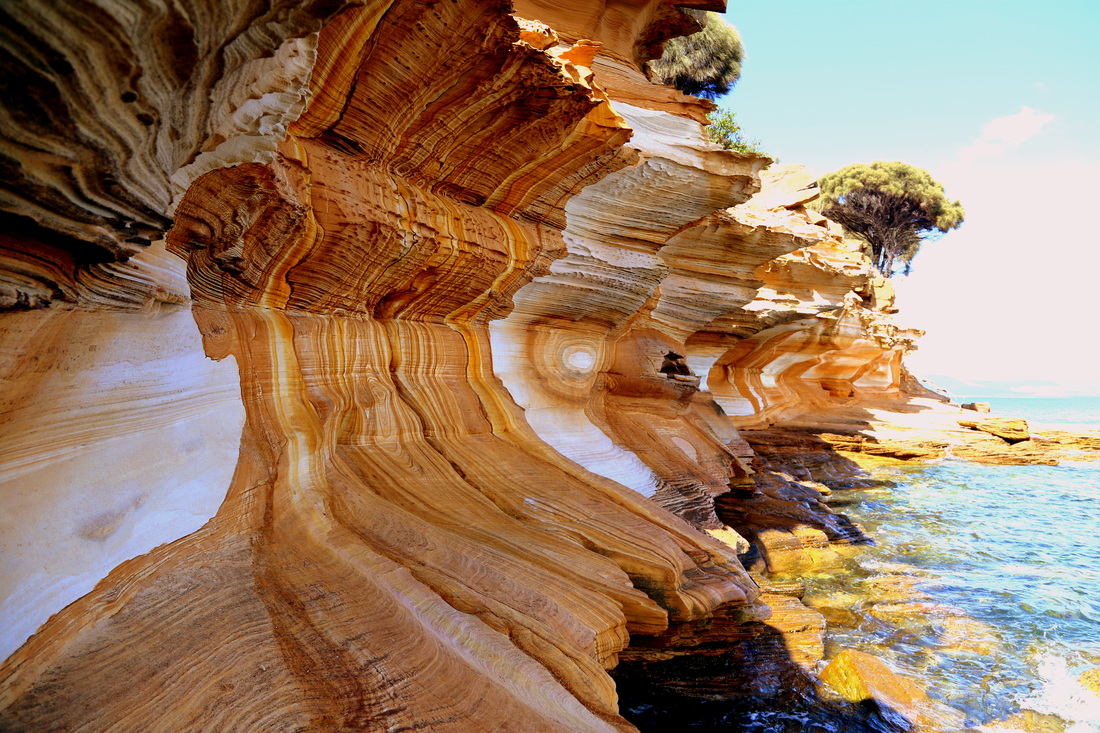

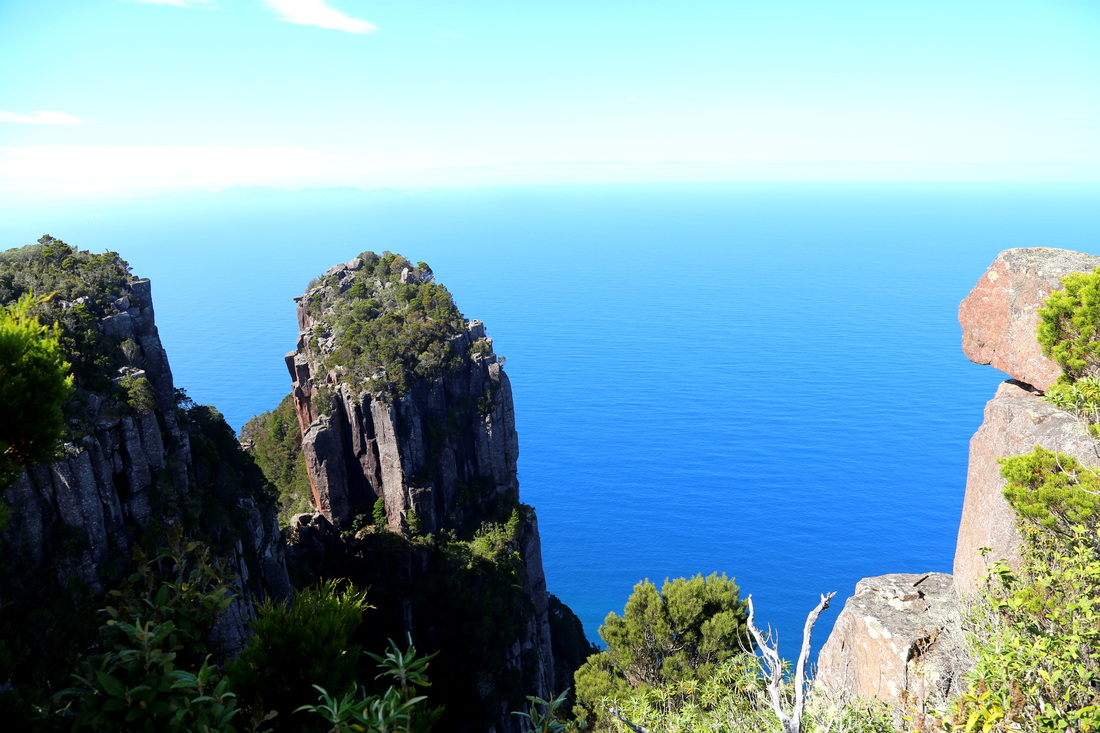
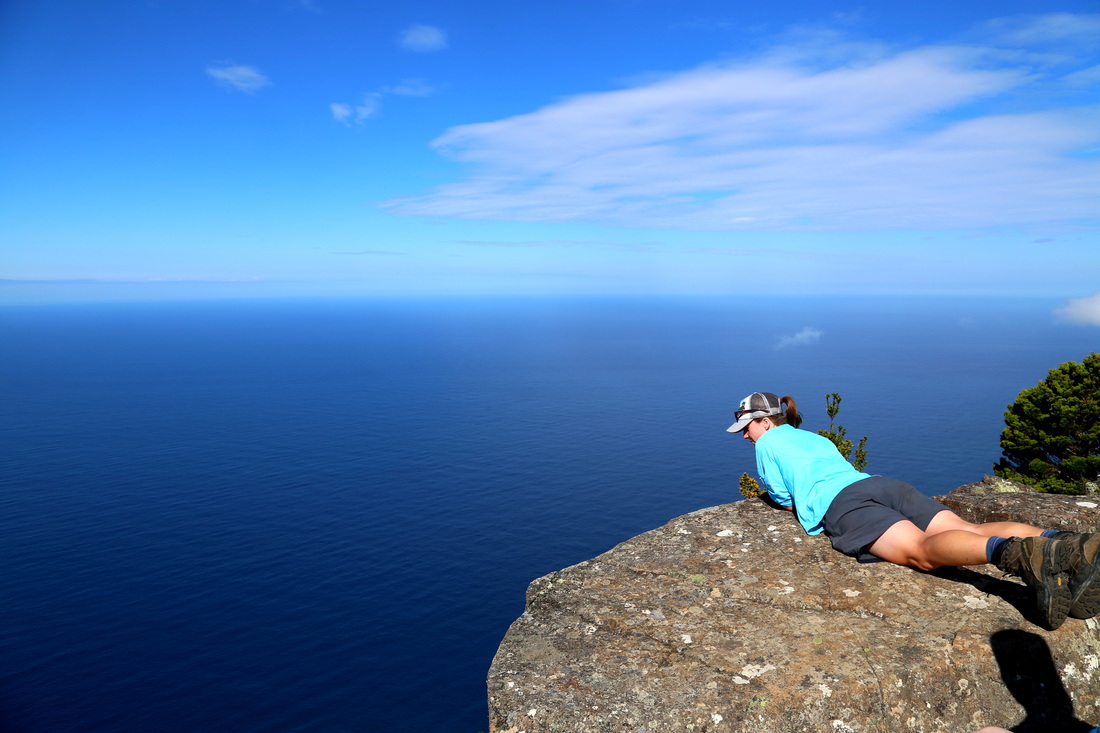





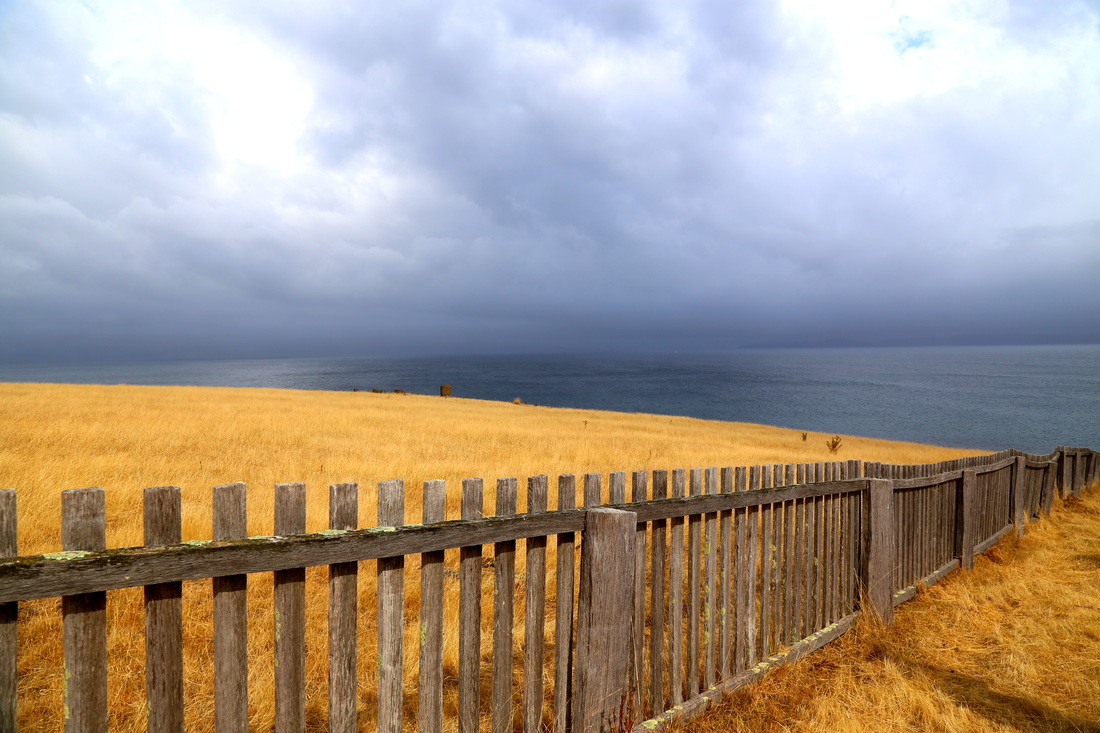
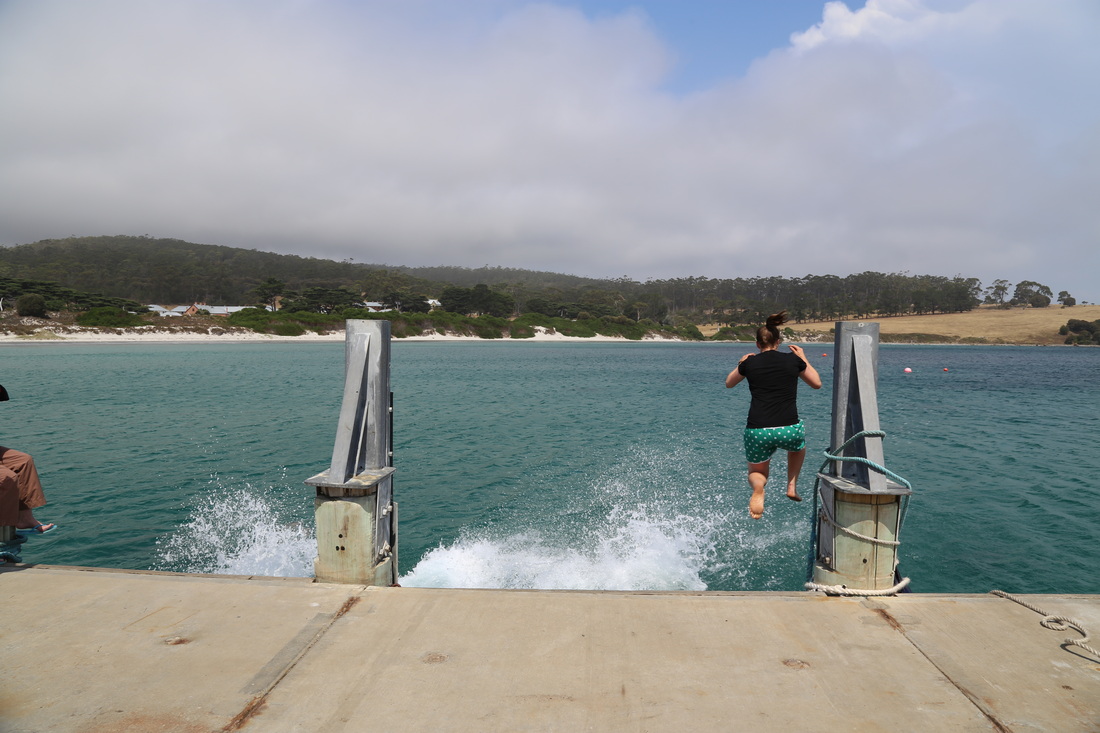
 RSS Feed
RSS Feed